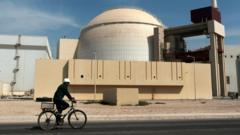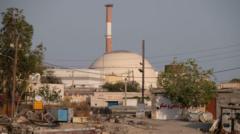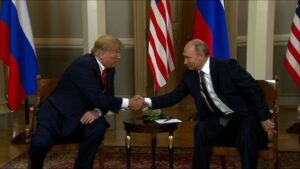In a remarkable turn of events, Richard L. Garwin, who designed the hydrogen bomb at just 23 years old, reflects a life marked by profound contradictions: a creator of nuclear weapons who later championed disarmament.
A Scientist's Hidden Legacy: Richard Garwin's Journey from Creator to Advocate

A Scientist's Hidden Legacy: Richard Garwin's Journey from Creator to Advocate
Richard Garwin, the nuclear scientist who played a pivotal role in developing the hydrogen bomb, maintained a 50-year secret, even from his family, as he devoted his life to mitigating the dangers of nuclear weapons.
Richard L. Garwin, a towering figure in nuclear physics, met with Nobel laureate Enrico Fermi shortly before Fermi's death in 1954, revealing to him a secret that would burden him for decades. Garwin, at that time, had already engineered the world’s first hydrogen bomb—a weapon of unimaginable power, capable of eclipsing the devastation of Hiroshima. Fermi, who had been a mentor and inspiration to Garwin, shared regrets about his limited engagement in public policy, imparting an influential legacy that shaped Garwin’s future journey.
Following Fermi’s passing, Garwin took it upon himself to advocate for responsible discourse among scientists about the implications of nuclear weapons. He believed that those who understood the destructive potential of such technology had a duty to speak out against it. His commitment to this cause became increasingly robust as he positioned himself at the intersection of scientific inquiry and ethical responsibility.
Despite the shadows cast by his earlier contributions, Garwin dedicated the latter part of his life to disarmament, participating in global conversations on nuclear arms control and attempting to squarely address the moral dilemmas of his past. He passed away at 97, leaving a legacy complicated by the very creation that once made him renowned. His life tells the story of a man who transformed from a key architect of nuclear destruction into a passionate advocate for a safer, more peaceful world.
Following Fermi’s passing, Garwin took it upon himself to advocate for responsible discourse among scientists about the implications of nuclear weapons. He believed that those who understood the destructive potential of such technology had a duty to speak out against it. His commitment to this cause became increasingly robust as he positioned himself at the intersection of scientific inquiry and ethical responsibility.
Despite the shadows cast by his earlier contributions, Garwin dedicated the latter part of his life to disarmament, participating in global conversations on nuclear arms control and attempting to squarely address the moral dilemmas of his past. He passed away at 97, leaving a legacy complicated by the very creation that once made him renowned. His life tells the story of a man who transformed from a key architect of nuclear destruction into a passionate advocate for a safer, more peaceful world.





















